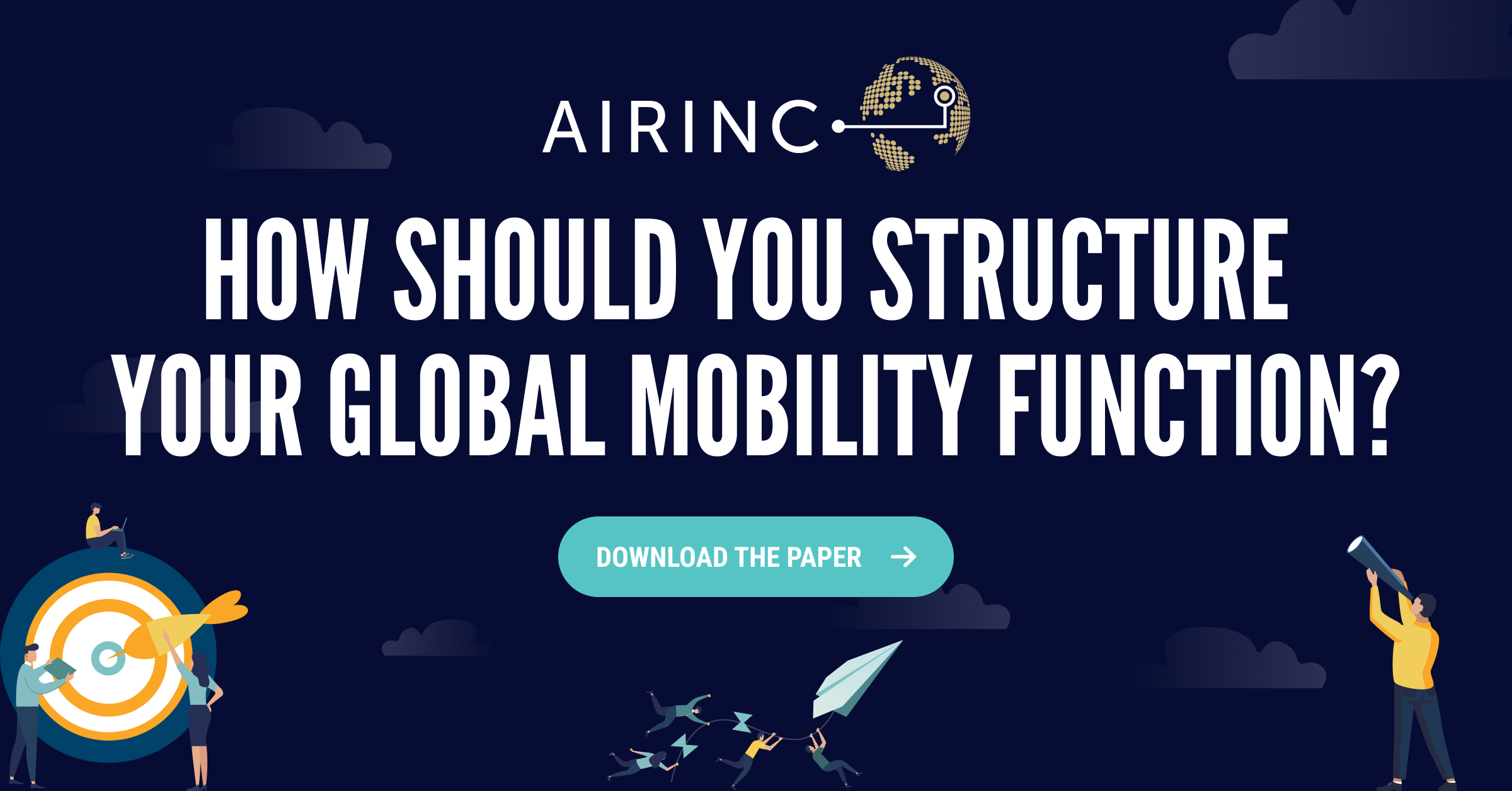In the world of global mobility, benchmarking is often the go-to tool for shaping policy. At AIRINC, we collect thousands of data points through comprehensive Global Mobility benchmarking. We know what’s common, what’s competitive, and what’s trending. From policy structure and benefit levels to emerging practices and forward-looking strategies, our data acts as a compass, guiding program design, supporting change management, and providing the credible, defensible statistics that help mobility leaders gain buy-in.
Benchmarking offers clarity and reassurance, especially when resources are constrained and expectations are high. In many cases, close alignment is essential to remain competitive.
But here’s the nuance often overlooked: your company is unique, so why isn’t your policy?
While benchmarking is undeniably useful, it should not be the sole driver of policy design. In our experience, we’ve found that the most effective mobility programs don’t stop at benchmarking; rather, they build from it. By supplementing market alignment with select policy decisions that reflect their organization’s unique culture, talent strategy, and global footprint, Mobility professionals can craft programs that truly serve their company.
Benchmarking: A Foundation for Thoughtful Design
For many business leaders, especially those with little Mobility experience, benchmarking offers an appealing sense of clarity and acts as a validation mechanism. When budgets are tight and scrutiny is high, aligning with “standard practice” may be the fiscally responsible choice. If a benefit is broadly offered across the market, it’s often assumed to be essential. If one level of support is most common, it’s deemed to be the “best” level. In many cases, these assumptions ring true: falling significantly behind market norms can result in talent loss, reduced program credibility, and missed strategic objectives.
Let’s be clear: there’s nothing wrong with aligning the foundation of a mobility policy to market norms. Core elements like immigration support, tax equalization, and cost of living allowances (COLA) are foundational to many policies, and for good reason. These are well-established practices that ensure fairness, compliance, and a baseline of support for mobile talent. In competitive markets or companies where strict alignment is a priority, close alignment to the benchmark is often the best path.
Strategic Differentiation: Going Beyond the Data
However, certain talent markets are less competitive than others, and leadership may have more pressing priorities beyond market positioning. Company philosophy is important to understand before making policy decisions.
Why is this important? While benchmarks can act as the absolute compass for some companies, others may find that using benchmarks as a checklist without examining the deeper context can lead to missed opportunities and misaligned policies. While benchmark data can tell you what others are doing, it rarely explains why they're doing it. Benchmarks capture outputs, not intentions. They rarely convey organizational context, talent strategy, or mobility philosophy. For example, a company that sees global mobility as a leadership accelerator will build a very different program from one that views mobility as operational or temporary. Without understanding company philosophy, mobility leaders may miss the mark and design policies that don’t meet their needs.
Whether mission-driven, innovation-led, or well-being-focused, companies can design policies that reflect who they are and what their talent needs most. Further, employee demographics, leadership expectations, and regional dynamics all play a role in shaping your policies. A European-headquartered company with an emphasis on equity and work-life balance will approach mobility differently than a U.S.-based tech firm built on speed and flexibility. Ignoring that cultural context leads to policies that may be “market-aligned” but not “people-aligned.”
Indeed, the most strategic organizations go further than the benchmark. They focus on the part of the policy that doesn’t come from the statistics: the remaining 20% that’s shaped by their business model, talent priorities, and cultural DNA. This is where companies have the opportunity to stand apart and drive real impact. This 20% is where mobility becomes a strategic enabler of success rather than a generic policy administrator.
Consider one global engineering firm that was experiencing high attrition on assignments. The benchmark response might have been to review where they fell below common practice, and increase those benefits to meet the common practice. Instead, they looked inward and listened. The problem? Spousal dissatisfaction. Their solution? Spousal career support and more flexible return-home travel. The result? Increased retention, longer assignments, and stronger ROI. Even though their spousal support benefits met the average benchmark, they weren’t actually meeting their employee’s needs. Their policy change wasn’t a rejection of benchmarking: it was a recognition that market alignment alone isn’t enough if the policy isn’t solving the right problems.
Benchmarking vs. Belonging
Benchmarking is a powerful input. It ensures you're not falling behind and helps identify where your program is competitive, typical, or an outlier. In tight labor markets or environments where leadership values strict competitiveness, close alignment to the benchmark can be the right strategy.
However, benchmarking can also act as a starting point for shaping policies that not only attract talent but also reflect who you are as an organization.
At AIRINC, we encourage organizations to embrace thoughtful and strategic differentiation by using benchmarks as a guidepost and then building intentionally upon them. Your company is unique, and your mobility policy should be too. 


%20(6)%20(1).jpg)
%20(83)%20(1).png)

%20(47).png)

